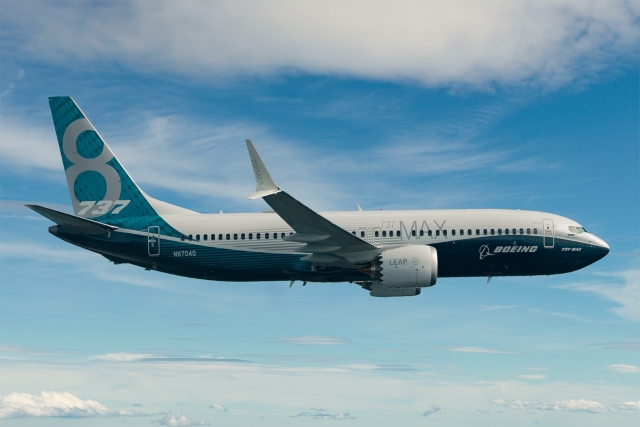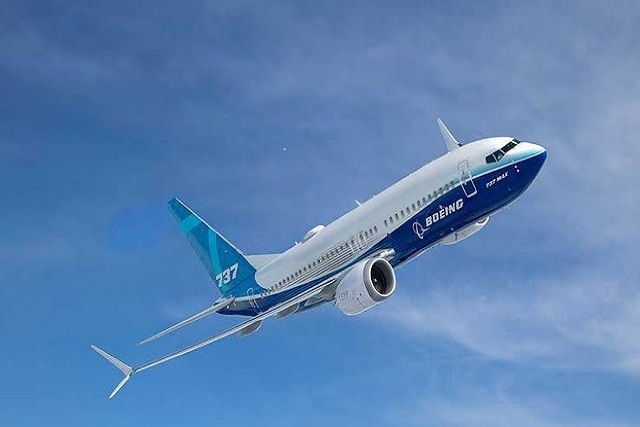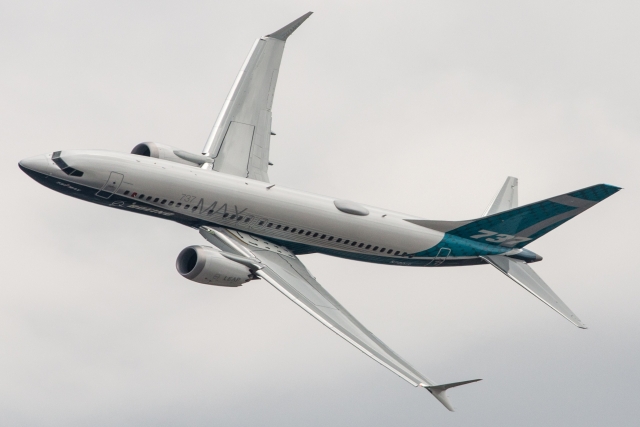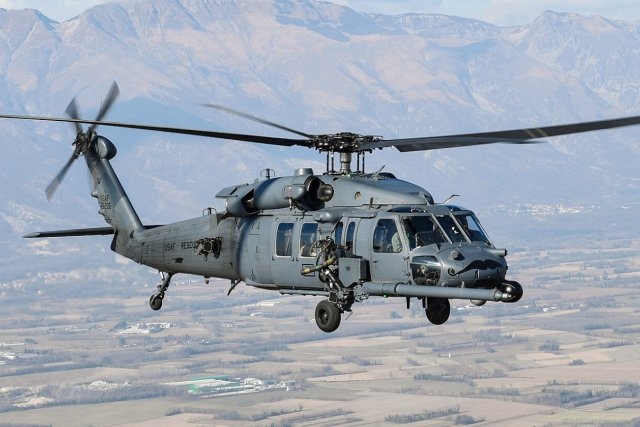EASA Lays out Condition for Boeing 737 MAX Return to Skies
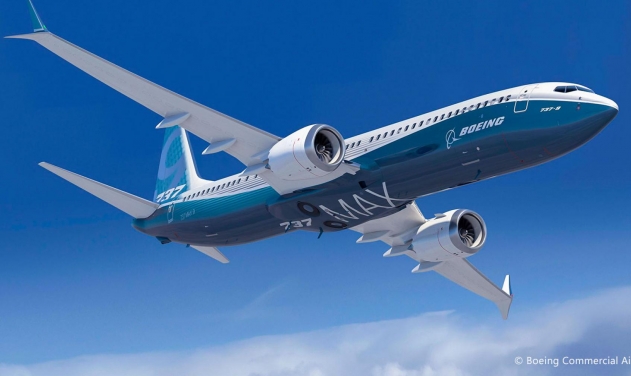
The European Union Aviation Safety Agency (EASA) has published a Proposed Airworthiness Directive (PAD) concerning the Boeing 737 MAX return to skies for public consultation.
The EASA Proposed Airworthiness Directive is now open for a 28-day consultation period. Once that ends, EASA will take time to review the comments made, before publishing its final Airworthiness Directive, an EASA release said today.
That final publication is expected from mid-January 2021 and will constitute the formal un-grounding decision of the plane for all 737 MAX aircraft operated by operators from EASA Member States. After the return to service, EASA has committed to monitor the plane closely in-service, to allow for early detection of any problems that may arise.
In conjunction with the Proposed Airworthiness Directive, EASA also issued a Preliminary Safety Directive for 28-day consultation. This will require non-European airlines which are holders of EASA third country operator (TCO) authorisation to implement equivalent requirements, including aircrew training. This will allow for the return to service of the 737 MAX when the aircraft concerned are operated under an EASA TCO authorisation into, within or out of the territory of the EASA Member States.
The Boeing 737 MAX was grounded by EASA on March 12, 2019, following two accidents with total loss of aircraft in which 346 people died. Intense work involving the dedicated attention from around 20 EASA experts over a period of around 20 months has now given EASA the confidence to declare the aircraft will be safe to fly again, an EASA release said.
The Federal Aviation Administration of the United States (FAA), State of Design for Boeing aircraft, published its final approval of the modified 737 MAX in the Federal Register on November 20, 2020. The approval signaled that the aircraft has been cleared to fly in the US skies.
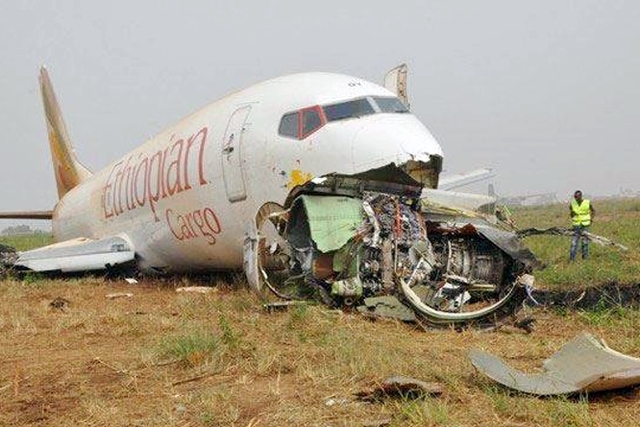
“EASA made clear from the outset that we would conduct our own objective and independent assessment of the 737 MAX, working closely with the FAA and Boeing, to make sure that there can be no repeat of these tragic accidents, which touched the lives of so many people,” said EASA Executive Director Patrick Ky.
“I am confident that we have left no stone unturned in our assessment of the aircraft with its changed design approach,” he added. “Each time when it may have appeared that problems were resolved, we dug deeper and asked even more questions. The result was a thorough and comprehensive review of how this plane flies and what it is like for a pilot to fly the MAX, giving us the assurance that it is now safe to fly.”
Investigations into the two accidents showed that a primary cause in each was a software function programme known as the Manoeuvring Characteristics Augmentation System (MCAS), which was intended to make the aircraft easier to handle.
However, the MCAS, guided by only one Angle of Attack (AoA) sensor, kicked in repeatedly if that sensor malfunctioned, pushing the nose of the aircraft downward multiple times and leading finally in both accidents to a complete loss of control of the aircraft.
“EASA’s review of the 737 MAX began with the MCAS but went far beyond,” Ky said. “We took a decision early on to review the entire flight control system and gradually broadened our assessment to include all aspects of design which could influence how the flight controls operated. This led, for example, to a deeper study of the wiring installation, which resulted in a change that is now also mandated in the Proposed Airworthiness Directive. We also pushed the aircraft to its limits during flight tests, assessed the behaviour of the aircraft in failure scenarios, and could confirm that the aircraft is stable and has no tendency to pitch-up even without the MCAS.”
Human factor analysis was another focus area – to ensure that the pilots were provided with the right alerts in the cockpit if a problem arose, along with the procedures and training needed to know how to respond. A fundamental problem of the original MCAS is that many pilots did not even know it was there. In the accident version of the aircraft, there was no caution light to make a pilot aware that the AoA sensor was faulty, making it almost impossible to determine the root cause of the problem.
That is why EASA now proposes that the changes to the aircraft design which will be required by the final Airworthiness Directive will be accompanied by a mandatory training programme for pilots, including flight simulator training, to ensure that the pilots are familiar with all aspects of the flight control system of the 737 MAX and will react appropriately to typical failure scenarios.
In summary, the EASA Proposed Airworthiness Directive mandates the following main actions:
-
- Software updates for the flight control computer, including the MCAS
- Software updates to display an alert in case of disagreement between the two AoA sensors
- Physical separation of wires routed from the cockpit to the stabiliser trim motor
- Updates to flight manuals: operational limitations and improved procedures to equip pilots to understand and manage all relevant failure scenarios
- Mandatory training for all 737 MAX pilots before they fly the plane again, and updates of the initial and recurrent training of pilots on the MAX
- Tests of systems including the AoA sensor system
- An operational readiness flight, without passengers, before commercial usage of each aircraft to ensure that all design changes have been correctly implemented and the aircraft successfully and safely brought out of its long period of storage.
